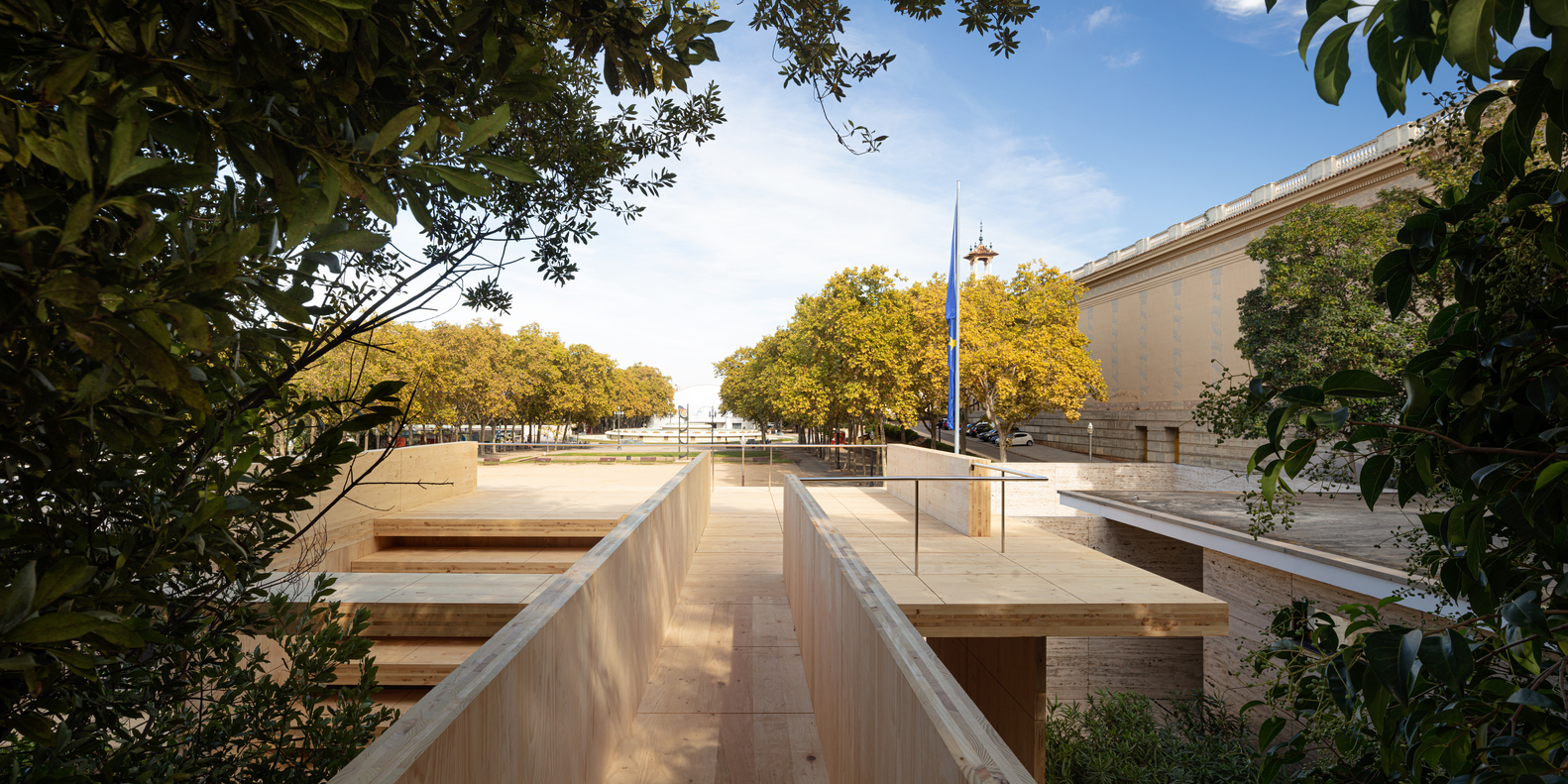The Barcelona Method: How Climate Data is Saving Historic Architecture from Carbon Stranding
In heritage districts from Prague to Paris, a countdown has begun. Years until countless architectural treasures become, quite literally, worthless. Not through the slow erosion of time or the erratic shifts of cultural taste, but through the inevitable mathematics of atmospheric chemistry. In UrbanDecarbonisation: Destranding Cities for a Post-fossil Future, Paolo Cresci, Francesca Galeazzi, and Aurel von Richthofen introduce the concept of “carbon stranding”, a scenario in which buildings become financially non-viable due to tightening carbon regulations. This threatens to render entire heritage districts financially extinct before they reach their centennials.
Architectural preservation meets a new paradox – how might we protect the past when its carbon footprint erases its future? In Mies van der Rohe’s Barcelona Pavilion, designers confronted this question directly, transforming the space into a laboratory. Where “God is in the details” came to include parts per million of CO₂ and embodied carbon coefficients, numbers would determine whether heritage buildings survive not as architecture, but as assets.


 Picture: Adrià Goula
Picture: Adrià Goula
Comments :